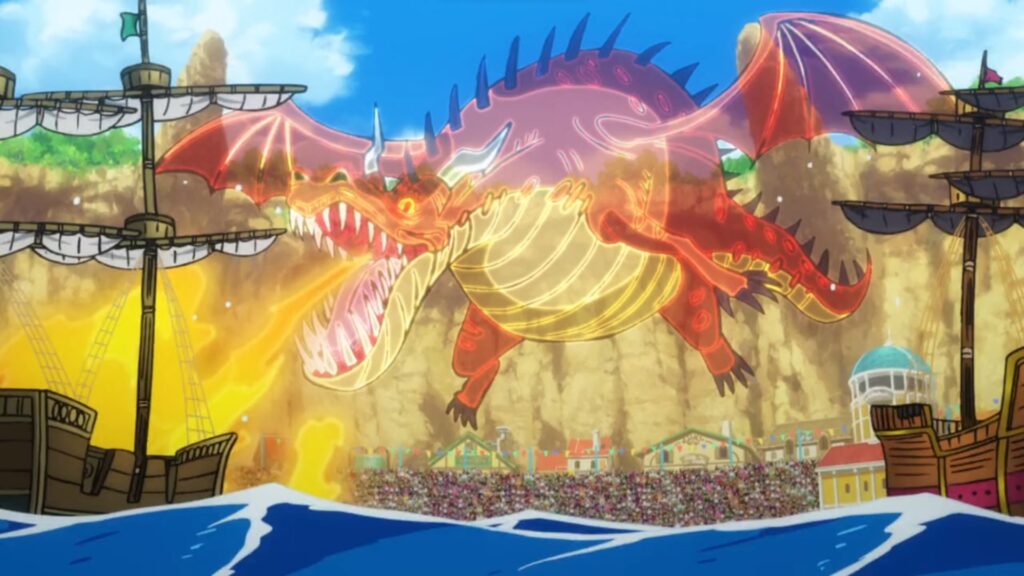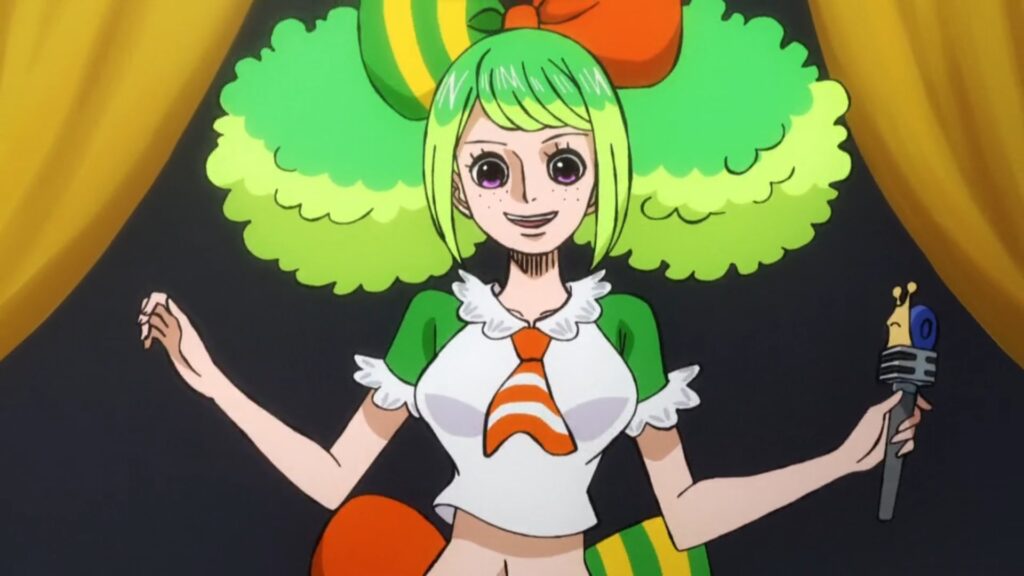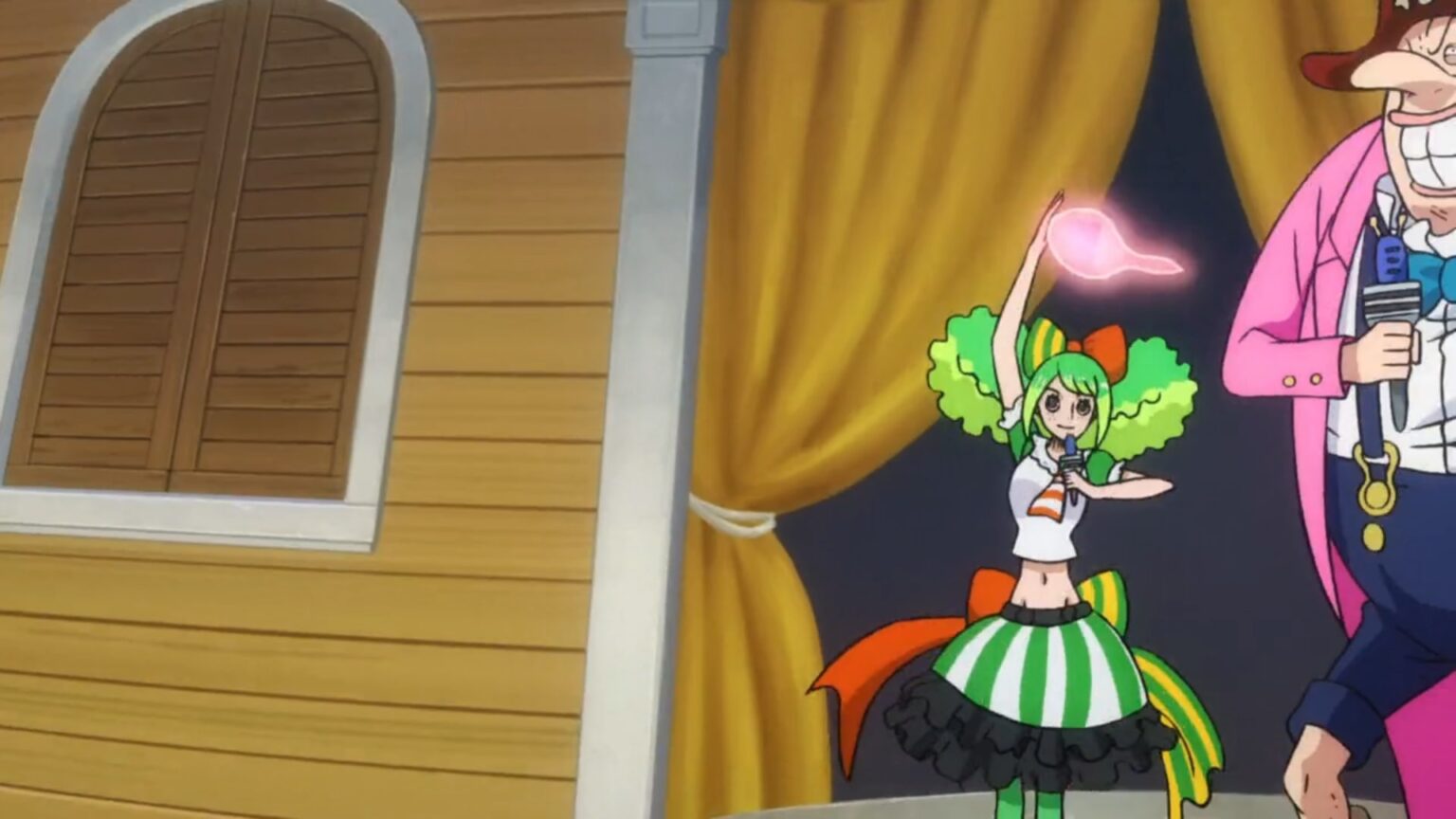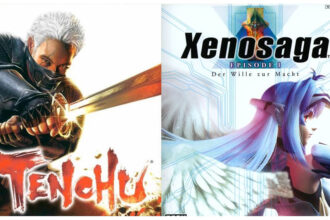The Bijo Bijo no Mi is a devil fruit of illusion. Throughout One Piece, many characters will try to deceive the opponent. This can manifest in a variety of ways like when Doflamingo convinces people that his powers are different from what they really are. However, sometimes the devil fruit doesn’t need to hide its true potential. Sometimes deception is the very essence the fruit provides. So, how does the Bijo Bijo no Mi play into this? Let’s take a look.
What Happens When You Eat The Devil Fruit?

The Bijo Bijo no Mi is an unconventional Paramecia-type Devil Fruit, existing outside of the official One Piece canon. It grants its user the ability to “phantomize” by conjuring illusory images of any object or individual touched. In essence, this unique power enables the user to deceive and confound opponents through the creation of phantom replicas of various entities or items.
A Memorable Look
The Bijo Bijo no Mi is a fruit that bears a striking resemblance to green bananas, crowned with lush leaves enveloping its upper portion. Nestled at the heart of this fruit is a prominent, radiant yellow orb, that emits a captivating glow. Honestly, this is one of the most memorable Devil Fruit aesthetics. There aren’t many that have visual activity like something you’d see from a firefly.
Who Ate The Bijo Bijo no Mi?

Ann, a character featured in both the third and fourth installments of the One Piece Live Attraction held at Tokyo Tower As well as in the film One Piece: Stampede, possesses distinctive attributes. She is a young woman characterized by her vibrant, curly light green hair, primarily divided into two sections, complemented by captivating purple eyes (notably portrayed as light brown in One Piece Live Attraction artwork). Notably, Ann has a lot of freckles on her face, adding to her unique appearance. At least in One Piece.
Ann is portrayed as a gentle yet somewhat scatterbrained girl. She swiftly forges bonds with the Straw Hat Pirates, exemplifying her friendly nature. Moreover, she demonstrates her considerate side by inquiring if Luffy desires to reunite with Ace. In the context of the Stampede film, Ann shines with a vivacious personality. She exudes enthusiasm as she joyfully announces events during the Pirates Festival. Her impartiality is conspicuous, as she openly cheers for Luffy and his crew. Unreservedly displaying her support and admiration for them.
A Power Exploited
Unlike most fruits in our series, the Bijo Bijo no Mi’s abilities are exhibited through exploitation. Within this storyline, Buggy makes his entrance and seizes Ann. Elucidating his intention to utilize her phantasmal abilities for the purpose of capturing the Straw Hat Pirates and peddling them to the Marines. Under duress, Buggy compels Ann to conjure illusions of several of the crew’s allies, a stratagem that ends up pretty sloppy. Concurrently, Puggy apprehends them individually.
A major development unfolds when Ann is pushed into fashioning a phantom of Sabo, strategically designed to distract and confuse Luffy. However, her role takes a significant twist as things progress. Subsequently, Ann discreetly crafts an illusion of Ace, unbeknownst to Luffy, a move that ultimately proves instrumental in aiding Luffy in overcoming the formidable Warlord of the Sea.
Bijo Bijo no Mi Weaknesses

A vulnerability associated with this Devil Fruit is that when the user falls under external manipulation, the creation of phantoms can occur involuntarily. That was just made clear with the scenario above where Ann was essentially used like a weapon. Furthermore, the user must make physical contact with a picture to activate their power, and the process of generating the illusion demands a certain amount of time. It can be compared to rendering something complex on the computer.
Because of this, the Bijo Bijo no Mi definitely didn’t gain its fame by being the most coveted fruit around. It is mainly a magician’s best friend. If the right character were to get a hold of the devil’s fruit, who knows what they could accomplish? Brulee could probably think of a few ways to bring it to the next level.
Canon vs. Non-Canon: A Devil Fruit With Striking Similarities
There are canon fruits that are somewhat similar to the Bijo Bijo no Mi. An example would be The Mira Mira no Mi. The main advantage of this fruit resides in its ability to spontaneously conjure numerous mirrors in their immediate vicinity using their own hands. These mirrors serve as a defensive barrier against hostile assaults. Absorbing the incoming attacks and subsequently redirecting them toward the aggressor, effectively turning the attacker’s own force against them. This is similar to Ann’s fruit because decoys play a big role in the overall strategy.
Smoke and Mirrors
Additionally, the Mira Mira no Mi user possesses the capacity to morph into perfect mirror replicas of specific individuals. Thus flawlessly mimicking their actions and behavior. This is quite possibly the most relevant similarity, considering Anne’s ability to produce mirror images of people she’s seen. Furthermore, the user can exert control over the targeted individual by initiating actions on their own, compelling the mirrored person to mirror these actions as well. This ability can be extended to other entities, creating diversions and sowing disarray for tactical purposes. In summation, they both use imagery and misdirection to disarm the enemy.
A Devil Fruit To Remember
Although not technically considered canon, the Bijo Bijo no Mi is a fruit so prized that it gained a key role in the film. Sometimes fans can be a little harsh when it comes to non-canon devil fruits, but they are clearly used for a reason. Arguably, they often possess more nuance than many fruits found in the One Piece anime and manga. They have to be complex enough to go the distance. Ann’s Bijo Bijo no Mi does a pretty good job of reaching that standard.







